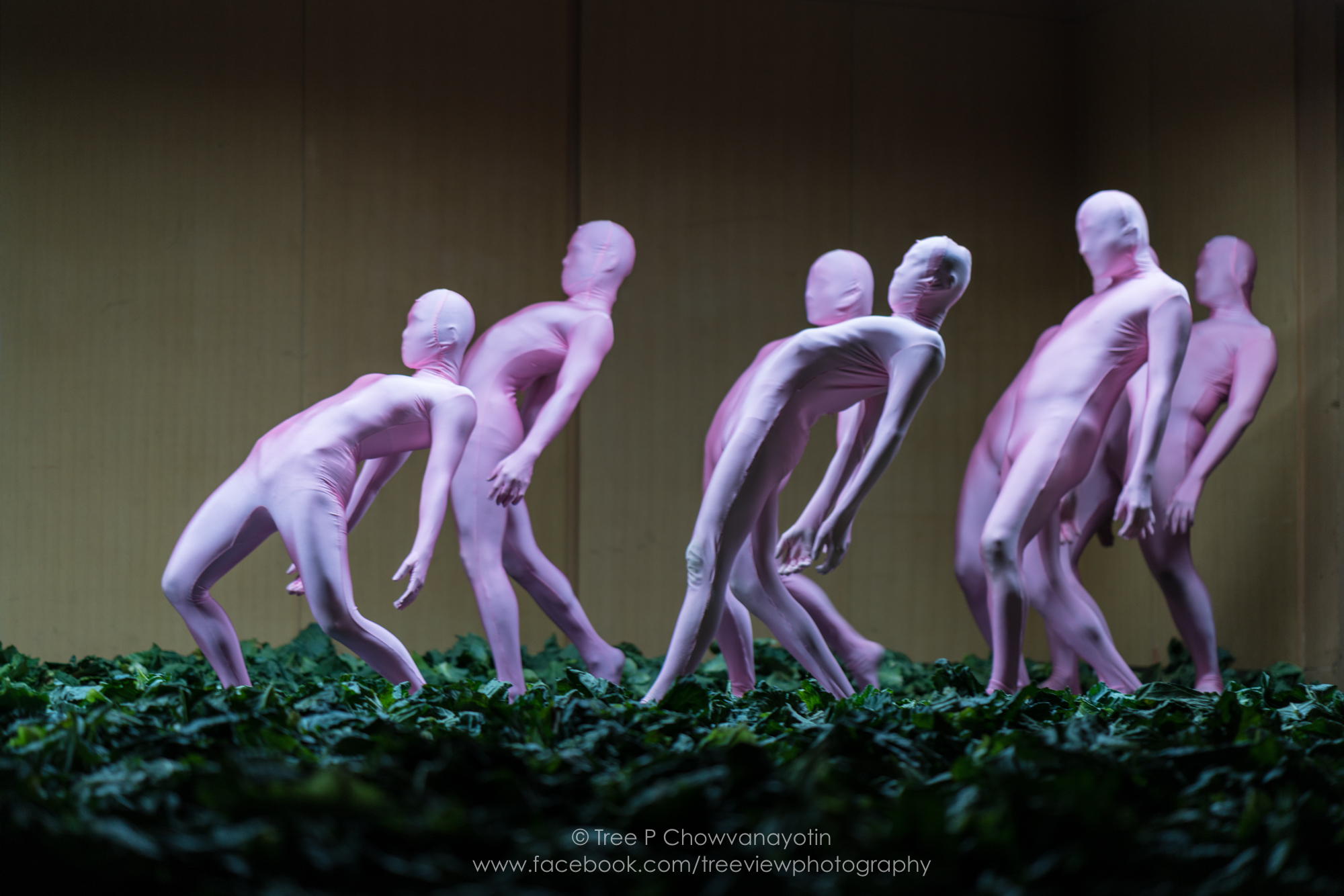The deeper meanings embedded within Jitti Chompee’s artistic expression and his cultural ambassadorship through choreography, where mythology meets modernity.
Director and choreographer Jitti Chompee is known for his work with the 18 Monkeys Dance Theatre. With a background in contemporary dance, which he refined at The Ailey School in New York City. His unique approach combines these disciplines into a fresh, global perspective on dance that captivates audiences worldwide.
Jitti told Koktail what initially sparked his interest in dance.
“Because it challenges me in many ways such as physical demands, techniques, the ability to communicate without words through body expression, the discipline and patience it requires, and the deep connection to one’s emotions and self. My passion for dance was kindled after witnessing a performance by Pina Bausch, the renowned German dancer and choreographer.”
In 2010, Jitti founded the 18 Monkeys Dance Theatre, a contemporary dance company that incorporates elements of sculpture and visual arts. This integration has proven effective in engaging modern audiences, showcasing a style that critics have described as ‘sculptural and animalistic.’
Jitti explained,
“I love how choreography can approach different art mediums. Photography and sculpture inspire me to widen the boundaries of my creative and choreographic research.”
He further commented on how he blends elements of Thai classical dance with contemporary dance in his choreography.
“Actually, I had never thought about blending traditional and contemporary work together. They belong to different worlds and speak different languages. What I like is finding the common ground where both can communicate.
I love spending my time learning how traditional art forms can be interpreted in contemporary contexts without forgetting their history and roots.”
Jitti’s contributions to dance continued to evolve, and in 2016, he spent time in the Netherlands as an Artist in Residence at the Kylian Foundation and Korzo Theatre.
His creative journey took a significant leap in 2022 when he published ‘Choreography,’ a book that offers a retrospective look at his body of work, enriched with his own photography.

One of his latest projects is the contemporary performance ‘School Of Ganesh,’ which has been performed in France and Colombia.
He added that,
“School of Ganesh,” prompts a state of de-familiarisation for European audiences. While drawing inspiration from traditional mythology, the choreography stimulates imagination rather than retelling traditional stories.
This creative approach challenges familiarity, driving innovation and inviting audiences to rethink traditional literature in a new light.
Combining realism within the aspects of humanity with surreal elements in mythology creates a paradoxical world within the work. By simplifying traditional decorations, the artwork emphasises meaning over beauty, promoting autonomy, and cultivating humanity by reflecting human emotions.”

This performance is part of a larger project that includes documentary films and a book, ‘Miscellany Of Khon,’ produced by the Fine Art Department and Ministry of Culture. It offers a fresh perspective on Khon, viewed through the eyes of younger generations familiar with both modern and traditional arts.
The book explores the history and art of Khon masks, making this traditional Thai art form more accessible to a global audience.
“I am simply sharing what I have learned from the masters who have imparted to me the knowledge of traditional history. Additionally, I share my experiences derived from our Thai history, mythology, and philosophy through my choreography.
I believe international audiences appreciate content that is easy to digest and minimalistic, enabling them to gain more information and appreciate the traditional artwork. I always ensure that what I convey is intellectual and not confusing. It allows room for interpretation and imagination.”
Jitti shared his views on how to make traditional Thai performing arts more accessible to modern audiences, both in Thailand and internationally.


His efforts have not gone unnoticed. He was honoured with the Chevalier des Arts et des Lettres by the French culture minister, an award that highlights his impact on the world of dance and cultural exchange.









